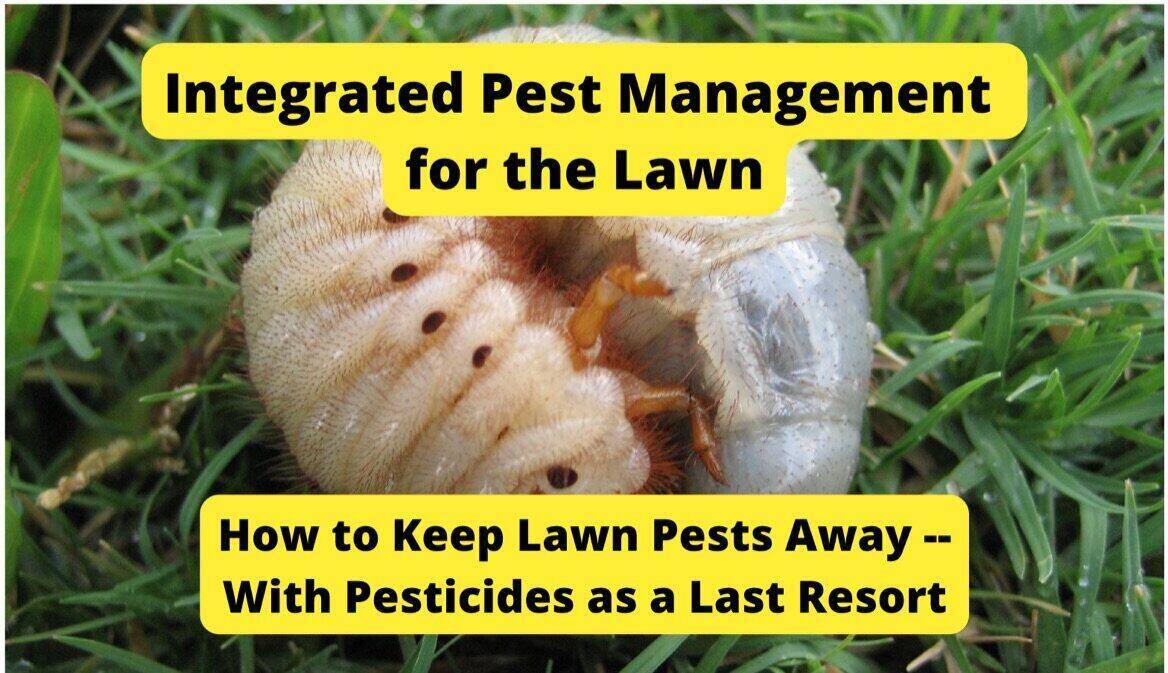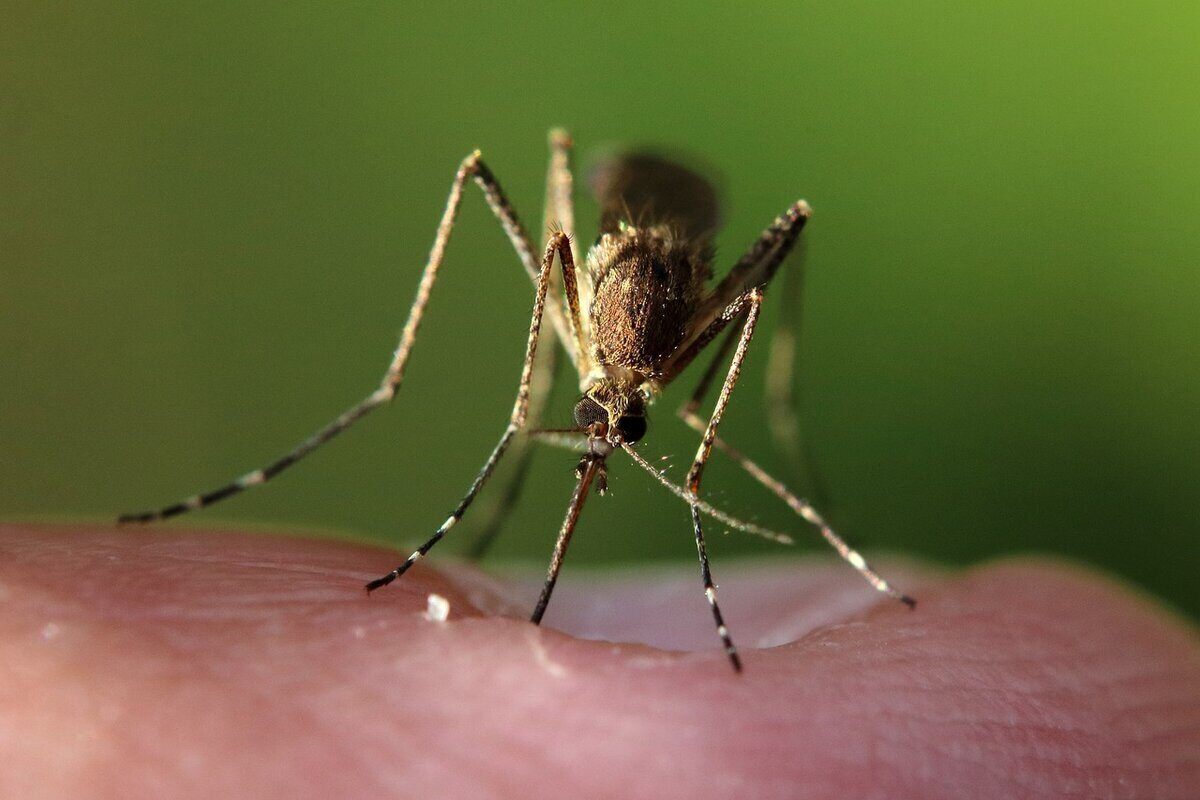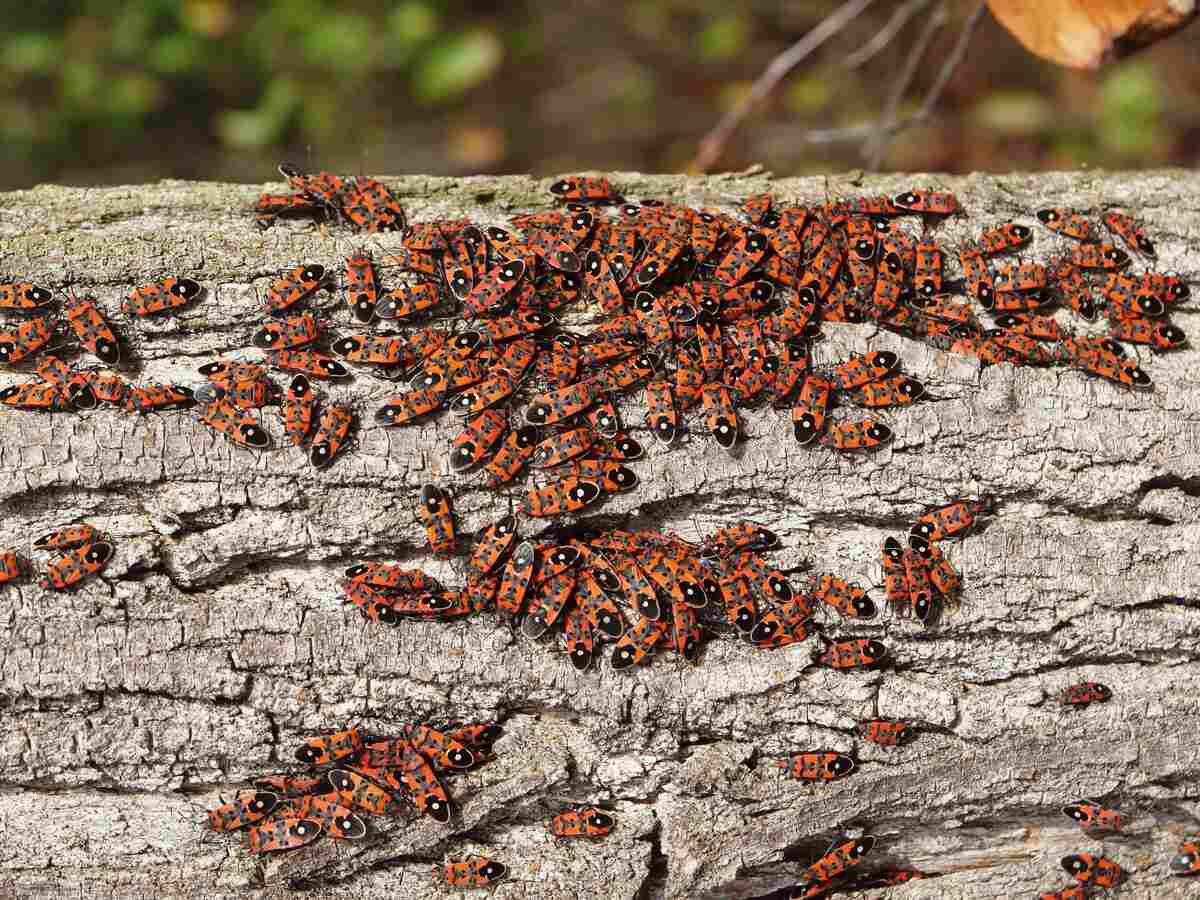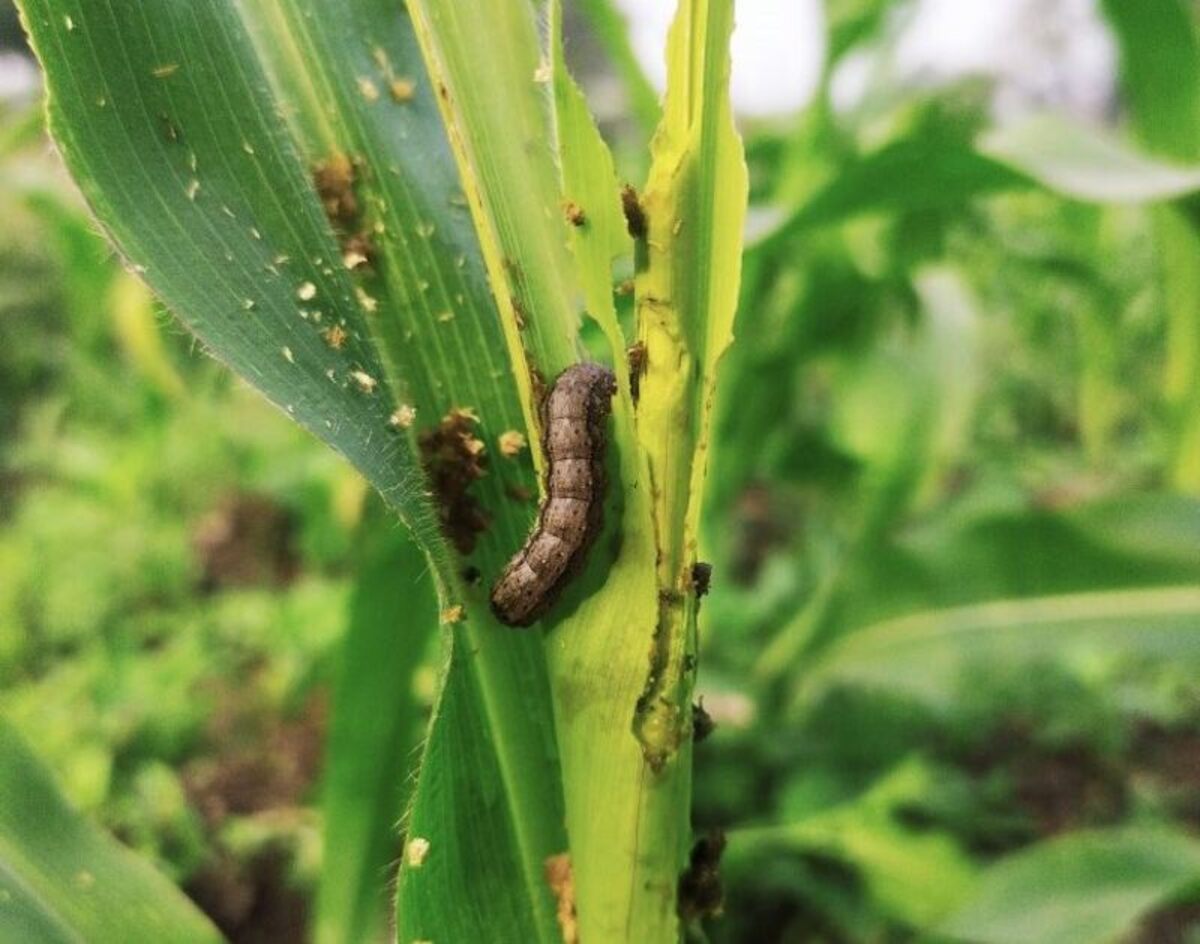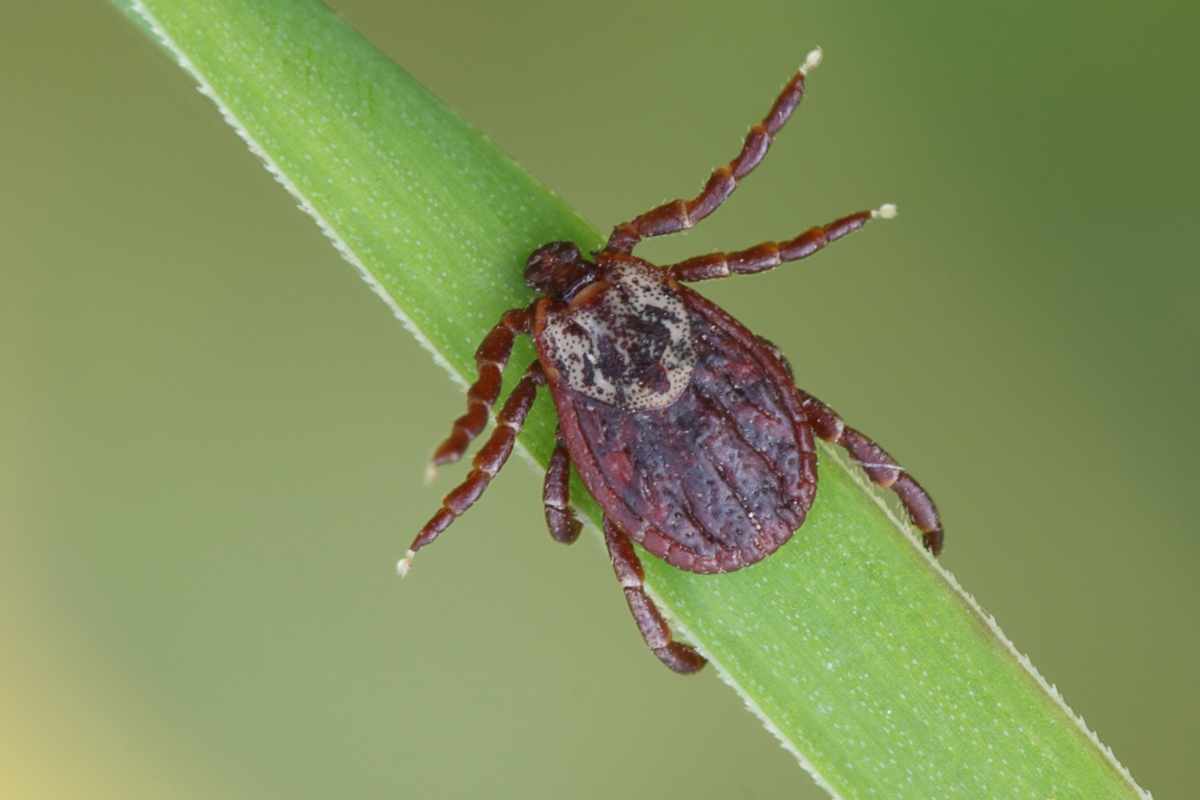
Ticks aren’t just nuisances; they pose real health threats. The good news is that there are effective strategies on how to get rid of ticks in your yard. From keeping your lawn well-maintained to creating barriers with gravel or wood chips, there are numerous ways to ensure these tiny intruders don’t spoil our cherished outdoor moments.
This article delves deep into actionable steps and preventative measures you can take to prevent these blood-sucking parasites from making your yard their home, allowing you to reclaim and relish your outdoor space without worry.
1. Keep Your Yard Well-Maintained

One of the simplest yet most effective measures to keep ticks from setting up camp in your yard is to maintain a well-kept lawn. Ticks thrive in dense, covered environments because they offer them protection, moisture, and a favorable environment to latch onto unsuspecting hosts.
Here are some tips on how to maintain a tick-free yard:
- Mow your lawn regularly: By regularly mowing your lawn and ensuring the grass is kept short, you eliminate ticks’ preferred hiding spots, making your yard less inviting to these pests.
- Clean up fallen leaves and leaf piles: These provide the cool, humid environment ticks love, and they’re often located at the edges of yards, which is where ticks enter from. It’s crucial to clean up these leaf piles promptly.
- Bag the grass clippings: Leaving the grass clippings as mulch on your lawn instead of bagging them can be counterproductive if you’re battling a tick problem. Opt to bag them until your tick infestation is over.
- Add grass clippings to your compost pile: Alternatively, you can add the grass clippings to the compost pile after mowing your lawn so you can use them as mulch in your garden beds.
- Clear yard debris: Regularly inspect your yard for debris like fallen branches or unused garden equipment. Remove any potential tick refuges to make your yard less inviting. This includes stacking wood neatly and in dry areas.
2. Create a Tick-Resistant Barrier
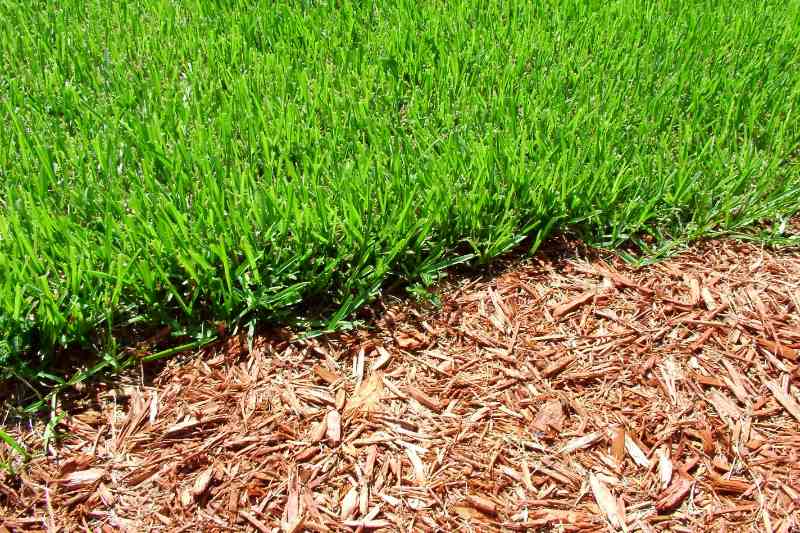
Ticks often migrate from wooded areas and tall grasses into our lawns. One effective way, recommended by the Centers for Disease Control and Prevention (CDC), to halt their movement is by creating a barrier using gravel or wood chips.
These materials’ rough and dry nature is less appealing to ticks, which prefer moist and dense environments, so they act as a physical deterrent. For maximum effectiveness, ensure your barrier is at least 3 feet wide.
Pro Tip: Beyond the functional benefits, a gravel or wood chip barrier can add an aesthetic touch to your landscape, so choose materials that complement your patio and garden design, like pea gravel.
3. Spread Diatomaceous Earth

Diatomaceous earth (DE) might sound like a complicated term, but in essence, it’s a natural and potent ally in the fight against ticks. Derived from the fossilized remains of tiny, aquatic organisms called diatoms, DE is a fine, powdery substance that has proven itself as an effective pest control agent, especially against critters like ticks.
The tiny, sharp particles in diatomaceous earth pierce the protective exoskeletons of ticks, causing them to dehydrate and die. It’s a bit like walking on broken glass for these pests. Since it doesn’t rely on chemicals, ticks cannot develop a resistance to it, and it remains environmentally friendly.
While you can spread DE across your yard, it’s crucial to focus on areas where ticks are most likely to reside, like tall grasses and humid spots. Apply it on a non-windy day since it is a fine powder that can easily be blown away, reducing its effectiveness and coverage.
Warning: Remember, when handling and applying DE, always wear a mask. Its fine dust can be harmful if inhaled, so personal protection is crucial.
4. Employ Beneficial Nematodes
Beneficial nematodes are tiny, non-segmented worms often employed in organic pest control. They can be a powerful weapon in the fight against ticks when used in multiple applications throughout the year.
Beneficial nematodes’ modus operandi is quite fascinating: They target tick larvae before they hatch. By doing so, they drastically reduce the tick population over time.
However, not all nematodes are created equal. It’s crucial to select a product with a nematode species known for its efficacy against ticks. Do some research or consult with experts to ensure you’re getting the right type.
Pro Tip: Nematodes are most effective when applied during the early morning hours. This is because they are sensitive to UV light and extreme temperatures, both of which can diminish their effectiveness.
5. Use Foggers or Sprays

Sometimes, the best approach to DIY pest control is a direct one. Enter foggers and sprayers, tools that can cover large areas of your yard and directly target these pesky parasites.
Foggers release pesticides as fine mists that cover a vast area quickly, making them effective for immediate tick control. On the other hand, sprayers allow for a more targeted application and will last longer.
But with the array of options available, which pesticides should you choose?
- Synthetic pesticides: Synthetic pesticides, specifically acaricides, might be your best bet. These chemicals are specifically designed to target arachnids, the class to which ticks belong. Among acaricides, products containing permethrin or bifenthrin are highly recommended.
- Natural alternatives: For those wary of chemicals or who have children and pets frequently playing in the yard, natural options exist that are safer yet effective. Some top contenders in the natural repellent category include cedar oil sprays, eucalyptus, and neem oil.
Warning: Whether you’re using synthetic or natural products, it’s essential to follow label instructions meticulously. If you’re not comfortable applying pesticides on your own, be sure to check our list of the best pest control companies of the year.
6. Encourage Natural Predators

Nature has always provided solutions to most of the challenges we face, and when it comes to tick control, it is no different. One of the most organic and effective ways to manage tick populations in your backyard is by encouraging their natural predators: birds.
Robins, blue jays, and other birds are known tick-eaters, and they do a remarkable job at naturally controlling these pests. How can you make your yard more inviting for birds?
- Bird feeders: By setting up bird feeders filled with seeds, you can attract a diverse range of birds, many of which feed on ticks.
- Birdbaths: A birdbath provides birds with a place to drink and bathe. The constant activity will naturally lead to a decrease in the tick population.
If you’ve got a bit more space and are open to a slightly larger commitment, consider raising a few chickens. Not only do they peck away at ticks, but they also reward you with fresh eggs. However, they’re also a responsibility, and you’ll need to provide them with food, shelter, and protection from predators.
7. Use Tick Control Tubes
Tick control tubes are typically made of cardboard and are filled with cotton balls that have been soaked in permethrin, a widely used and effective pesticide against ticks. The design and the contents of these tubes are deliberate, aiming to leverage the natural behaviors of rodents to kill ticks.
Here’s how they work:
- Placement: These tubes are strategically placed in areas of your yard where there’s potential rodent activity. This could be near bushes, shrubs, or places where you’ve noticed signs of rodent presence.
- Attraction: Rodents, especially mice, are attracted to the soft cotton inside these tubes. They tend to collect this cotton to use as nesting material.
- Transfer of pesticide: As these rodents drag the permethrin-soaked cotton back to their nests, they inadvertently introduce the pesticide to their living quarters.
- Elimination: Ticks that come into contact with the treated cotton are killed on contact, thereby reducing the tick population.
Instead of spraying large areas of your yard, tick tubes offer a more focused solution, directly addressing the primary carriers of ticks. In addition, they can be easily placed around your yard without any professional help.
8. Build a Fence

I know what you’re thinking: “How’s a full-sized fence going to stop ticks, those tiny critters?” Well, while a fence might not directly deter the ticks themselves, it can certainly keep out their larger friends, who are known to bring them along for the ride.
Pests like raccoons, rats, mice, squirrels, and even deer are often the culprits behind introducing ticks into our yards. By keeping these animals out with a fence, you’re significantly reducing the chances of ticks making a home in your yard.
You can also build a deer-resistant garden for extra protection against deer intruders in your yard.
Why is Tick Control Important?
The United States is home to several species of ticks, but among them, the deer tick (also known as the blacklegged tick), dog tick, and lone star tick are particularly notorious. While they might seem inconsequential at a glance, the potential harm they can cause makes tick control imperative for every homeowner.
Disease Transmission
Ticks are not just bloodsuckers; they are potential vectors for various debilitating diseases, such as:
- Lyme disease: Transmitted primarily by deer ticks, this bacterial infection can lead to symptoms like fatigue, fever, and skin rashes. If left untreated, it can even affect the joints, heart, and nervous system.
- Rocky Mountain spotted fever: Typically associated with dog ticks, this disease manifests with symptoms like fever, headache, and rash. Without prompt treatment, it can become severe or even fatal.
Impact on Pets
While humans are at risk, our furry companions aren’t spared either. Ticks can latch onto pets, causing:
- Discomfort and itching: A tick bite can be incredibly itchy and irritating for pets. The constant scratching can lead to further complications, especially if there’s a tick infestation.
- Secondary infections: The bite site, if incessantly scratched or bitten by the pet, can become an open wound, leading to secondary bacterial infections. Moreover, some ticks can transmit diseases to pets similar to those in humans.
FAQ About Tick Control
1. How Can I Protect My Body From Ticks?
Here’s how to protect your body from ticks, especially if you’re heading out for a hike or planning to spend time in grassy or brushy areas:
- Treated clothing: Wear insect-repellent clothing or clothing that has been treated with 0.5% permethrin. Permethrin not only repels ticks but also kills them upon contact.
- Insect repellents: Look for insect repellents containing DEET, picaridin, IR3535, or oil of lemon eucalyptus. These ingredients have proven efficacy against ticks.
- Appropriate footwear: Instead of sandals or open shoes, opt for closed shoes or boots. This ensures that ticks can’t latch onto your feet as you walk through tick-prone areas.
- Long-sleeve shirts and pants: If you’re heading into tick territory, it’s advisable to wear long-sleeve shirts and full-length pants, minimizing exposed skin.
- Tuck it in: An often-overlooked trick is to tuck your pant legs into your socks. It might not win you any fashion awards, but it certainly creates a barrier, making it harder for ticks to crawl under your clothing and reach your skin.
2. How Do I Know If My Yard Has Ticks?
One of the most tried-and-true methods to identify if your yard has ticks involves using a light-colored fabric or cloth. Simply attach the fabric to a stick or pole and drag it across different areas of your yard, especially those you suspect might be tick hotspots. After dragging, inspect the fabric.
You can use a flashlight to inspect specific environments that ticks like, such as tall brushes, leaf litter, wood piles, and other moist, shaded spots.
3. What Do Ticks Look Like?
Being able to identify a tick correctly is essential. Here are some characteristics to help you know what ticks look like:
- Adult ticks: Generally, adult ticks are about the size of a sesame seed and have a flattened oval shape. Their color can vary based on their species, from brown to reddish brown or black. They have eight legs.
- Nymphs: Nymphs are immature ticks and are much smaller than adults, often the size of a poppy seed. They can be harder to spot due to their size, and they have six legs.
When to Call a Pro
Dealing with ticks, as we’ve explored, can be overwhelming. It’s not just about getting rid of an annoying pest; it’s about ensuring the health and safety of our loved ones. But remember, while the challenge might seem daunting, you don’t have to face it alone.
If you’re unsure where to start or feel overwhelmed by the prospect of battling ticks, there’s professional help available just a phone call away. Call a local lawn treatment professional near you and reclaim your outdoor spaces today.
Main Image Credit: Semenovlgor / Canva Pro / License
